12 Retailers That May Soon Disappear Forever
Remember Circuit City, Woolworths, Linens ‘n Things and Sam Goody?
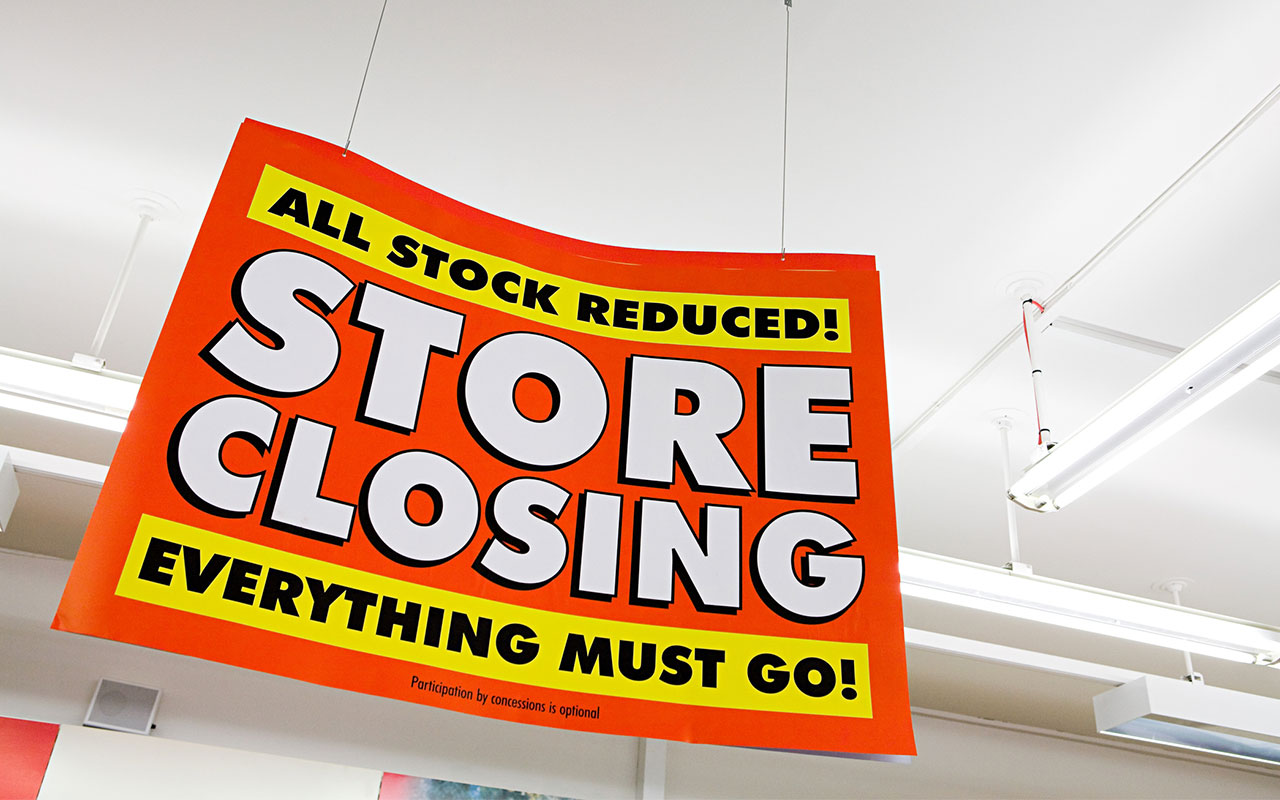

Remember Circuit City, Woolworths, Linens ‘n Things and Sam Goody? Each of those retailers was once a powerhouse in their respective slivers of the retailing world. But time and competition eventually caught up with – and overwhelmed – those once-great shopping venues.
That can and likely will happen to other retailers in the future. The very nature of the retailing industry is a competitive chase for a limited number of consumer dollars. Many companies think they have something unique to offer shoppers, but the reality is not enough of them do. Some, in fact, miss the boat so badly or lose touch with consumers for so long that they have no choice to close up shop in years to come.
Here’s a look at 12 retailers that may suffer the same fate. Each suffers from a lack of customers, a lack of money, a lack of viable prospects or a combination of some or all of those issues. Many of them have already shuttered locations, and/or are in the process of closing stores in 2018. Thus, it would not be surprising if these companies eventually made their way into the annals of retail stores that “used to be.”
To be sure, it’s possible that any of these companies could dig their way out of dire straits, generating large returns for loyal investors, so shareholders should consider our picks and make their own conclusions. But remember: It’s better to jump off a sinking ship a year early than a year late.
Data is as of March 20, 2018. Click on ticker-symbol links in each slide for current share prices and more.

Sears
- Sears Holdings’ (SHLD, $2.29) annual revenues have fallen every year since 2007. Its few remaining supporters may argue that shrinking sales have to do with the fact that it has been closing stores and selling off pieces of itself. For instance, Sears Canada split with American Sears/Kmart family, and the retailer spun off Sears Hometown and Outlet (SHOS), the Lands’ End (LE) brand and Orchard Supply hardware stores, just to name a few.
None of the streamlining has actually helped Sears become more profitable, though. The company hasn’t turned a full-year profit since 2011, and same-store sales (which negates any sales stemming from the addition or subtraction of stores) has fallen every year since 2012.
Sears has survived its fiscal insolvency by initiating the aforementioned spinoffs, but that’s not a long-term solution. In fact, it may make things worse, accelerating the inevitable end. Susquehanna analyst Bill Dreher wrote last year, “Sears’ operational performance is clearly NOT improving, and we grow increasingly concerned whether the company will ever return to profitability. Further highlighting the company’s weakened position is the reality that manufacturers are increasingly demanding tighter payment and/or withholding products.”
The quarterly report following that statement indicated a 15.6% decline in same-store sales.
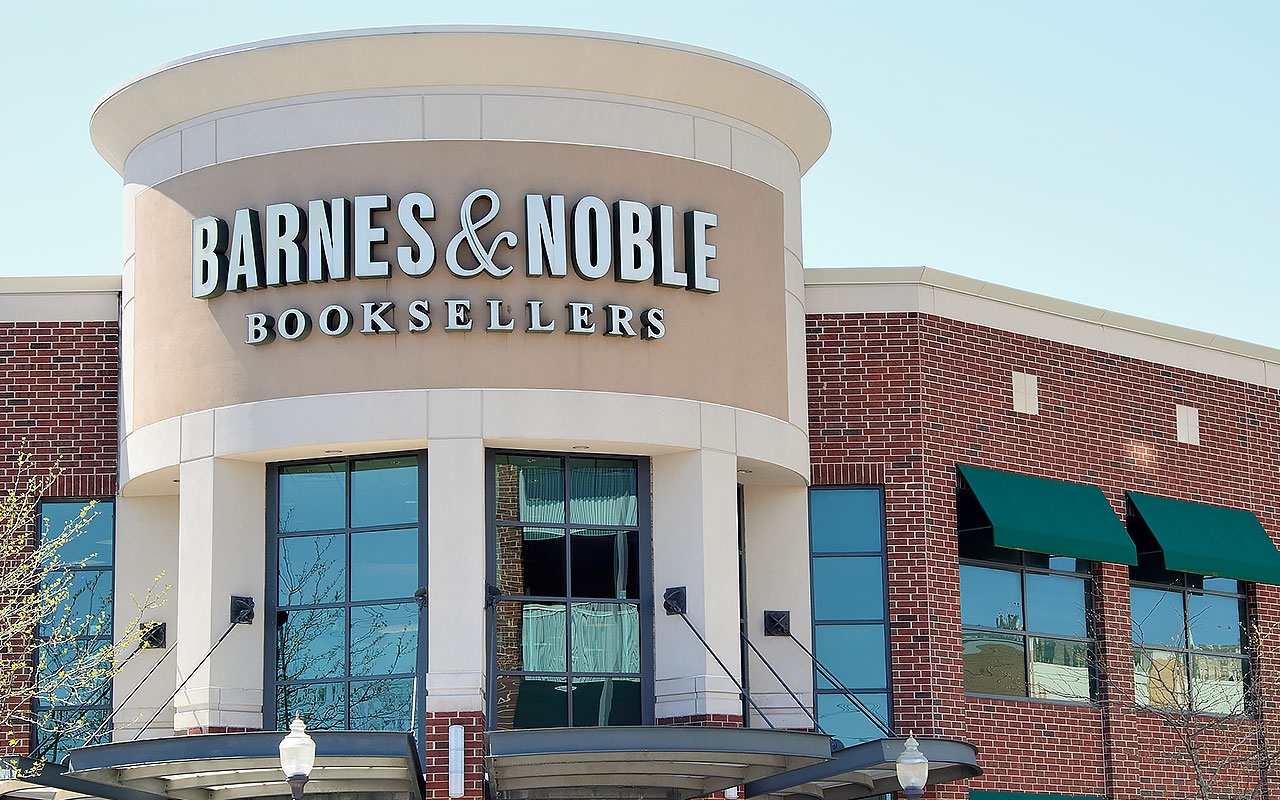
Barnes & Noble
Scott Amyx makes a straightforward case that bookstore chain Barnes & Noble (BKS, $5.00) is in trouble that it may simply be unable to overcome. “The book chain is hemorrhaging cash flow,” he says. “It saw an overall sales drop by 7.9% in Q2 2018 … and its loss rose to $30.1 million from $20.4 million in the prior year.”
That math isn’t encouraging, particularly knowing the recent numbers reflect a trend that has been in place since 2013.
Sure, with the absence of rival Borders – which went defunct in 2011 – and only a few fringe rivals left, Barnes & Noble is arguably the big name in brick-and-mortar bookselling right now. But it’s the best-of-breed in a dying industry.
Not only has the advent of e-books given consumers yet another reason to steer clear of any bookstore, but people are increasingly using technology to manage their lives and entertain themselves. That trend is only going to accelerate as today’s youth become older, more affluent consumers and live the only lifestyle they’ve ever really known.
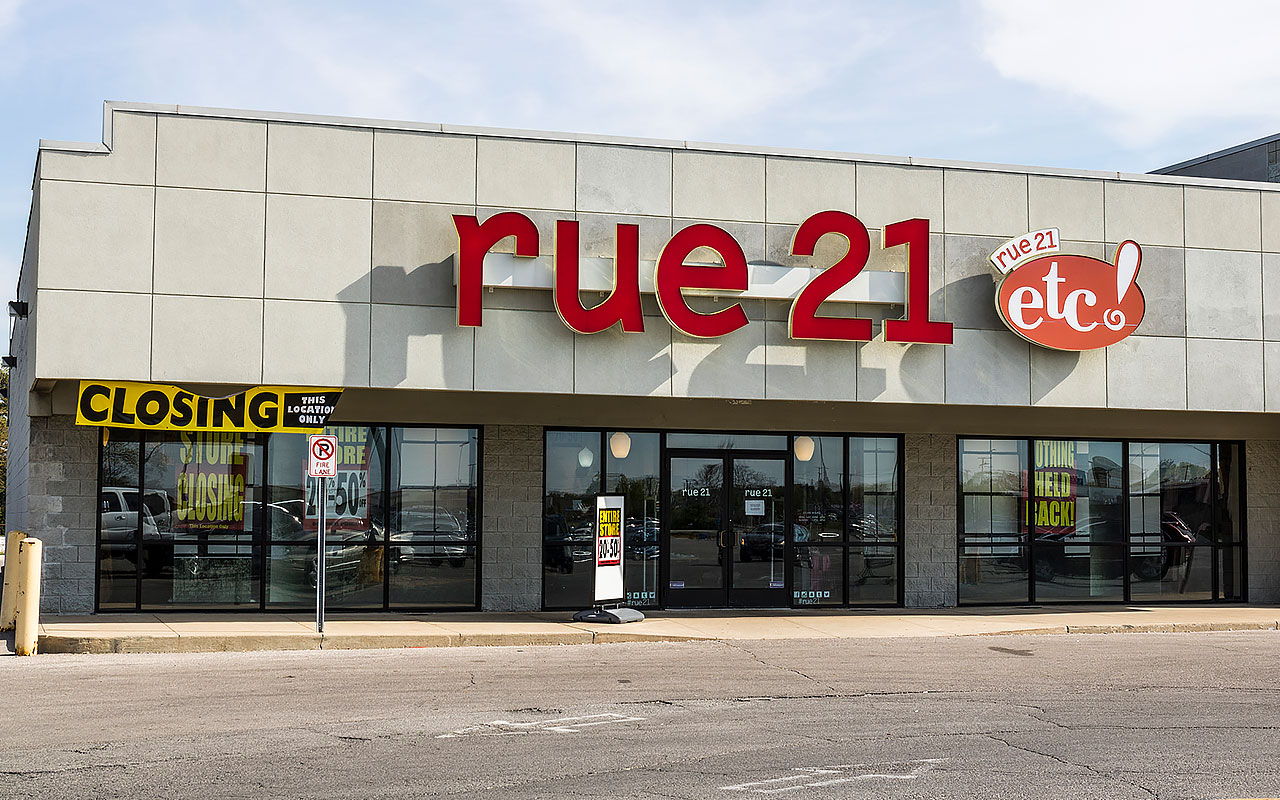
Rue21
Privately owned teen retailer Rue21 filed for Chapter 11 bankruptcy in May 2017. It was an unusual filing (by retail standards) in that the company wasn’t yet in dire straits. Rather, it was largely a preemptive defense maneuver that would trigger a renegotiation of terms with its suppliers. Many of its lenders are supportive of the company as it strives to work down its debt.
Still, experts believe the proverbial writing was and still is on the wall.
Within that same official court filing, Rue21 acknowledged an “evolution of customer tastes” as at least a partial culprit. That’s code for a shifting shopping/fashion landscape that Rue21 can do little to sidestep.
Exacerbating the trouble is that when Rue21 came out of bankruptcy in September, it did so with 420 fewer stores. That was more than a third of its footprint, whittling down its store count to 758.
The closures may have sloughed off dead-weight units, but fewer stores now means a smaller scale in a low-margin industry that requires scale.
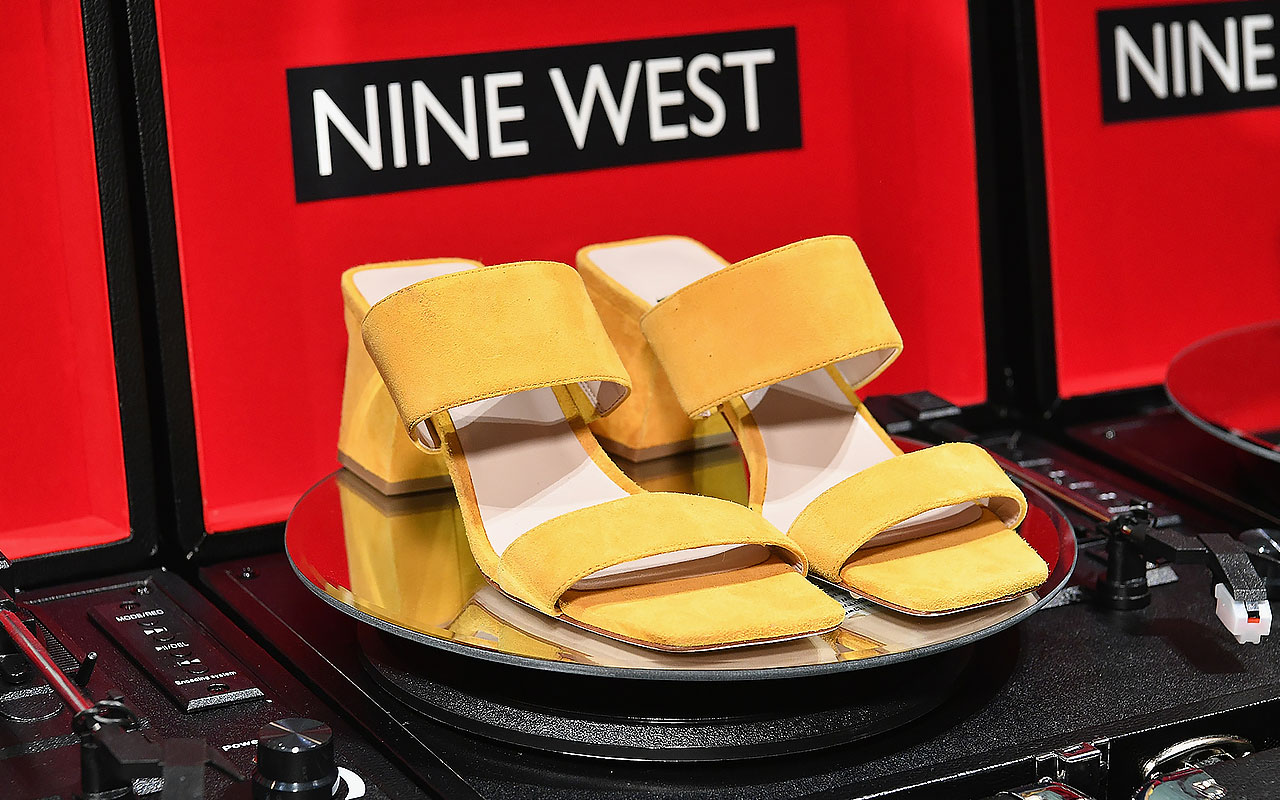
Nine West
In January 2018, rumors surfaced that Nine West, maker of women’s shoes and accessories, was mulling a Chapter 11 bankruptcy filing that would include the sale of certain assets. Nothing has come of those whispers as of this writing, but it may only be a matter of time. The company has $1.5 billion worth of debt on its books, and while none of that comes due until 2019, it must refinance $1 billion of that indebtedness next year.
Nine West may be able to pull off a financial magic trick between now and then, but at best, it would only be buying time. Moody’s downgraded Nine West’s bonds shortly before the rumors bubbled up, expecting a possible Chapter 11 filing. Moody’s apparel analyst Mike Zuccaro explained that the downgrade “reflects the company’s high exposure to the challenged moderate price department store sector which we believe will make revenue growth difficult. The company’s retail business has also been challenged for a number of years and has yet to demonstrate revenue and earnings stability.”
The retailer has been retreating for years, too, possibly exacerbating the problem. Nine West boasted 227 stores a decade ago; at the time of the bankruptcy rumors, there were 25. The brand still is widely available via department-store partners, but the stores themselves appear to be on their last leg.
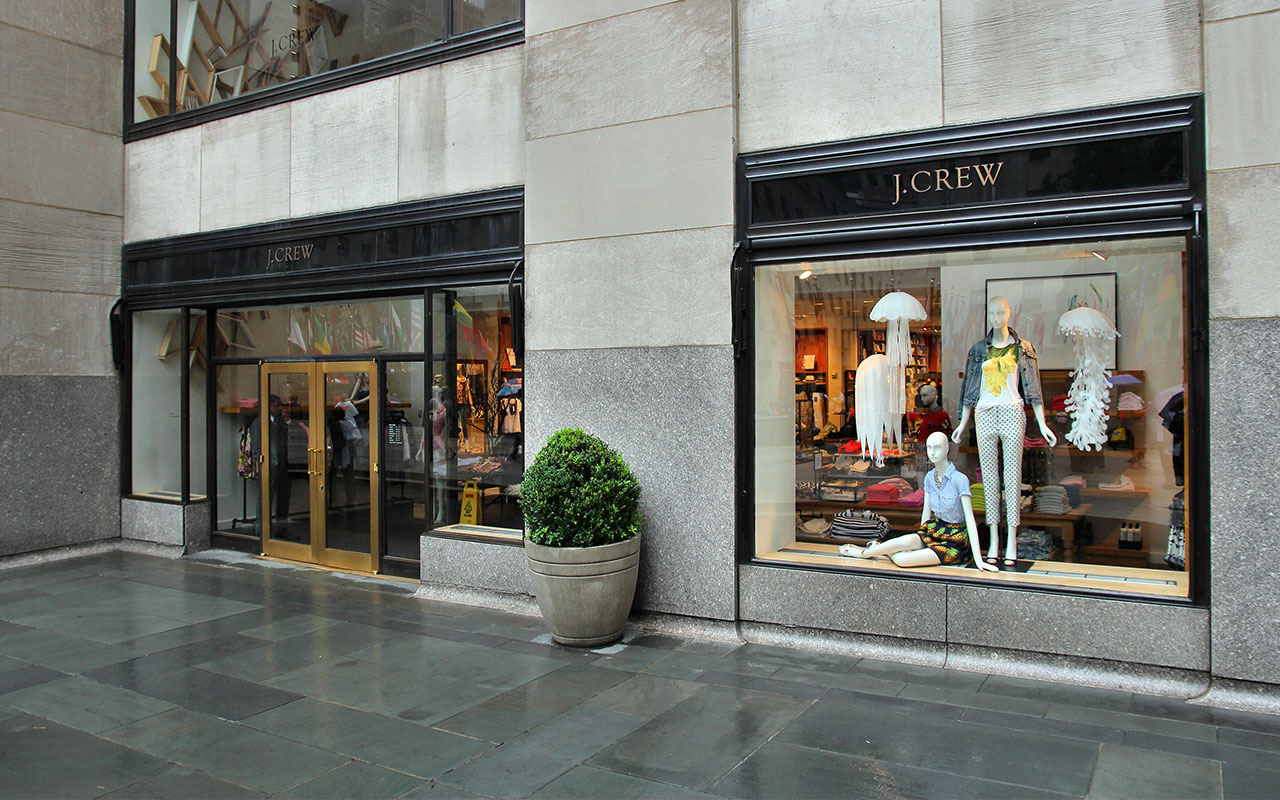
J. Crew
The once-iconic J. Crew brand used its clean and simple fashions to stave off the retail apocalypse as well as it could as long as it could. However, time and reality finally caught up with the retailer. Perhaps that is because its looks had grown to become, as The New York Times’ Jon Caramanica put it a year ago, “curiously blank and directionless.”
The numbers certainly point in that direction. After 11 consecutive quarters of declining same-store sales, the company announced in mid-2017 it would likely close about 20 of its roughly 575 stores. In January of this year, following a lackluster holiday shopping season, that figure was ramped up to 39 units.
J. Crew still has several hundred stores, and a debt swap initiated early last year bought the company time without requiring a bankruptcy. However, the underlying issue – that consumers are losing interest in the brand, perhaps distracted by a sea of similar competition – has yet to be fixed.
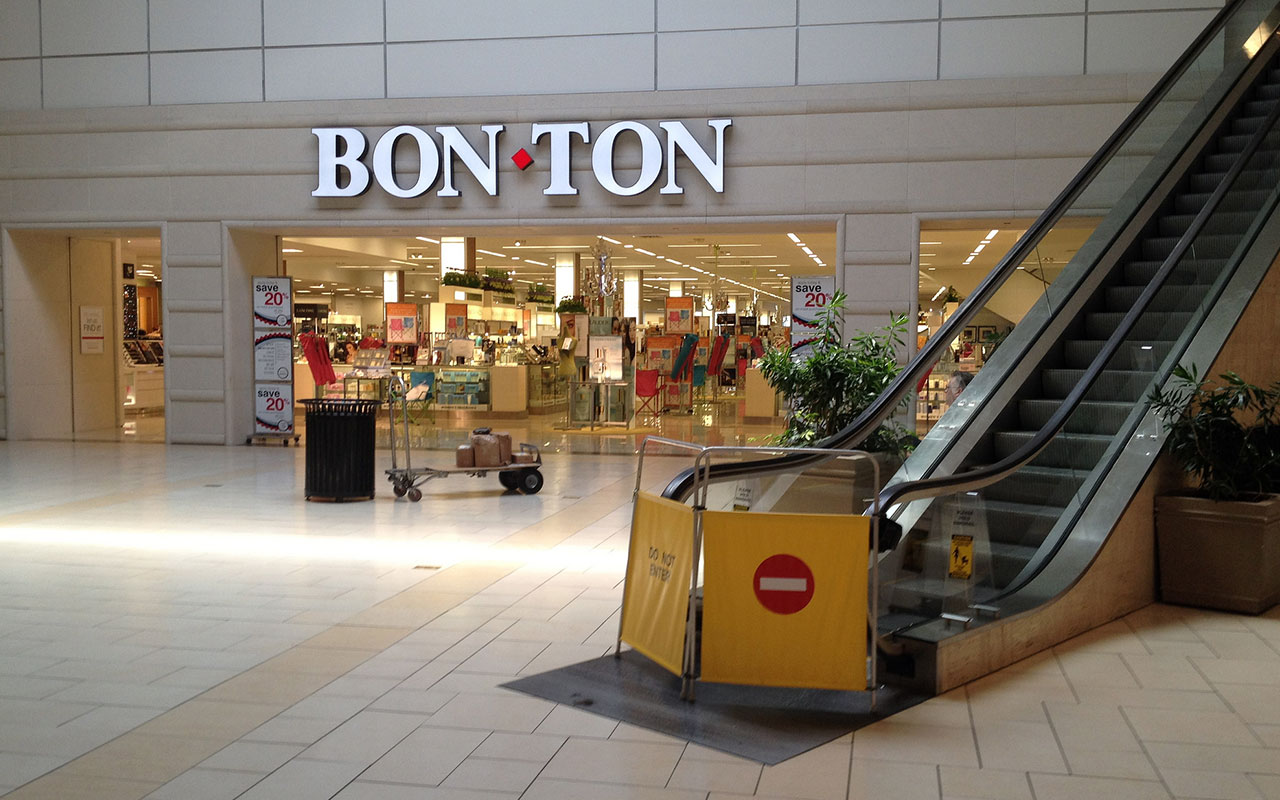
Bon-Ton Stores
- Bon-Ton Stores (BONTQ, $0.05) already is in the midst of the bankruptcy process after filing for Chapter 11 in early February. However, it fully expects to come out of the process with most of its stores still in operation.
Like Rue21, the end goal is to force the restructuring of some of its liabilities. However, Bon-Ton isn’t even acting like it’s unwilling to shed stores to shore up its money-leaking holes. The retailer already has slated 47 of its 260 locales for closure, and the creditors committee reportedly pointed out that between 150 and 175 stores could be plucked as a group and make a viable standalone business. An offer for that set of stores is expected.
Nevertheless, like J. Crew, analysts don’t think Bon-Ton Stores has fixed what’s ultimately broken. Neil Saunders, managing director of GlobalData Retail, opined in February following the news of its bankruptcy filing: “The harsh reality is that while Bon-Ton’s management put in great effort to make the business sustainable, they were always running up a down escalator.”
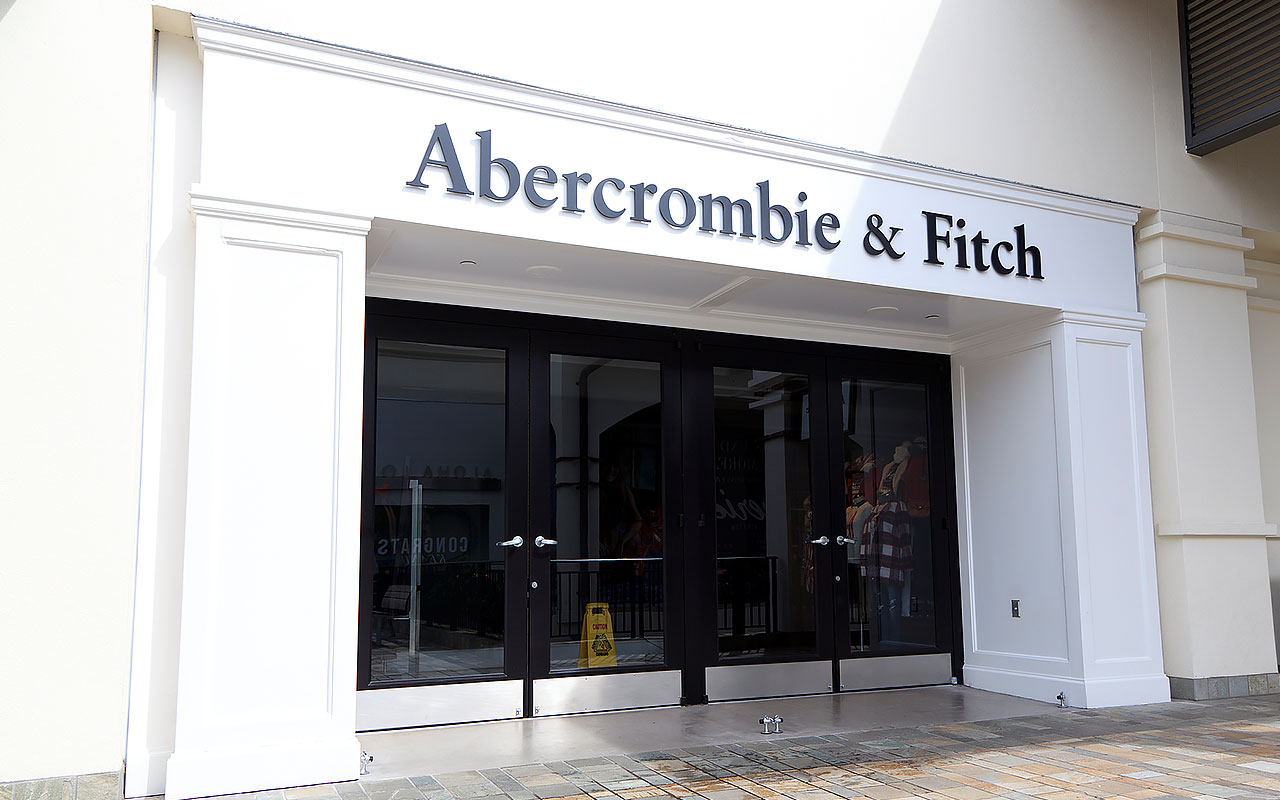
Abercrombie & Fitch
Kudos to Abercrombie & Fitch (ANF, $22.93) for a surprisingly solid fourth quarter. The teen-targeting clothier has been struggling for years as expensive labels fell out of fashion, and more recently, fending off the impact of some distasteful comments made by now-former CEO Michael Jeffries. Abercrombie grew same-store sales 5% year-over-year for the holiday quarter in question – its first improvement for that metric in years. Its Hollister stores fared even better, and A&F even managed to beat earnings estimates.
That doesn’t mean Abercrombie has found a permanent solution.
In fact, as far as retail footprint goes, the company still is retreating. Scott Amyx, business-book author and managing partner at venture capital fund Amyx Ventures, says “Abercrombie & Fitch shuttered about 40 store locations in 2017. During the fourth-quarter earnings call, they indicated that they would close as many as 60 U.S. stores in 2018 through expiring leases while adding 11 U.S. full-price store locations.”
One good quarter doesn’t necessarily mean the company is on a new-and-improved trajectory. It’s relatively easy to show improvement when things can’t get much worse. The real litmus test is repeating that growth going forward. And several pros have their doubts.
Forrester analyst Sucharita Kodali, for one, commented about last quarter’s earnings report, “There seems to be momentum right now, but it won’t be long-lived. It’s only been two quarters of growth. And it will not last.” Deutsche Bank analyst Tiffany Kanaga added to the bearish argument, “We’re highly skeptical of Abercrombie’s ability to stabilize its gross profit margin against this competitive mall backdrop.”
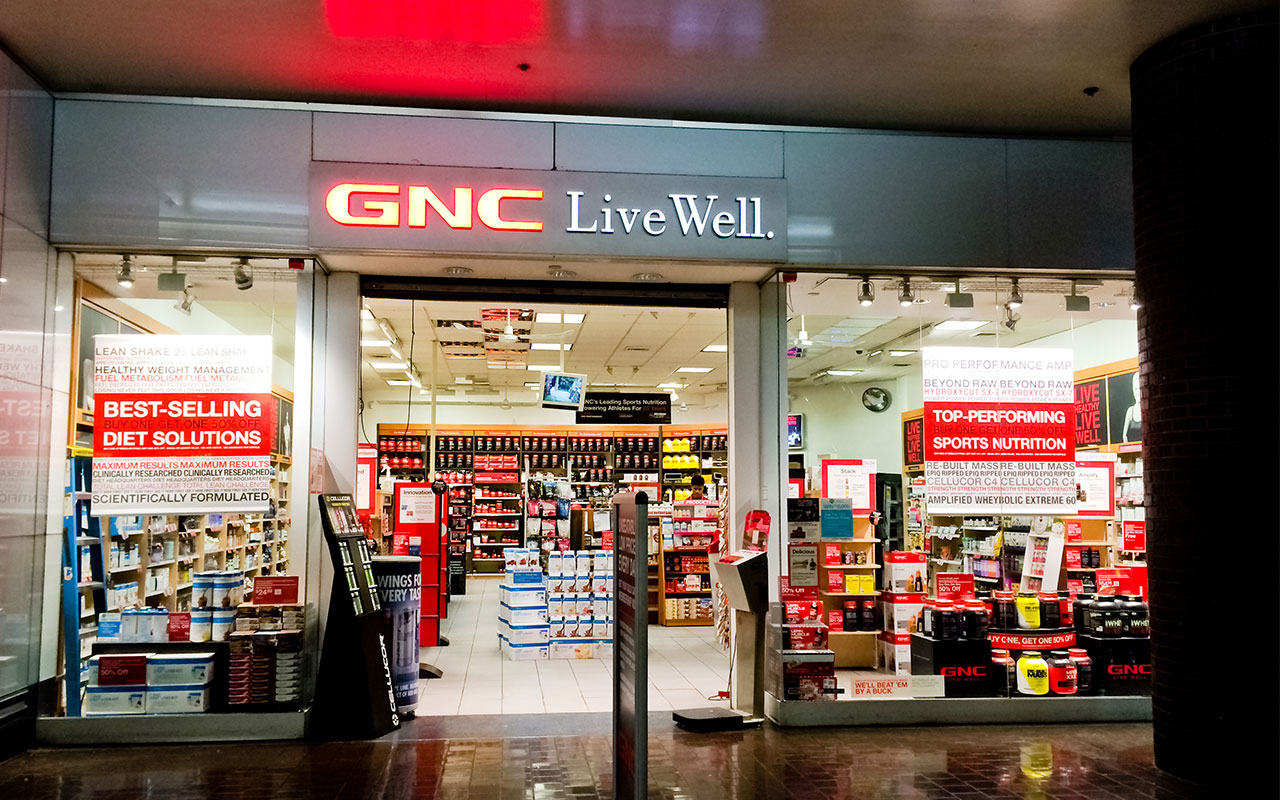
GNC
Prior to the proliferation of the internet and the demise of the average American mall, GNC (GNC, $3.97) – short for “General Nutrition Centers,” by the way – was the go-to venue for health and diet supplement.
But things change. So do times. With the internet opening the door to a flood of competitors that offered more and cheaper choices, GNC stores have become increasingly obsolete. The company’s profits peaked in 2013, and sales peaked in 2015.
The retailer has maneuvered extensively to buy itself some time, extending a term loan facility in February of this year as it embraces a new major shareholder: Harbin Pharmaceutical. However, there’s no reason to believe that time alone will make the company any more competitive.
For the record, smaller rival Vitamin World may be no better off. Matthew Mason, managing director for operational and turnaround consulting firm Conway MacKenzie, points out that Vitamin World – which filed for Chapter 11 protection in September – has “very-high real estate costs, intense competition from GNC, Target, Walmart and Costco on physical stores” and is “very susceptible to Amazon’s pricing and convenience advantage.”
Some headwinds just can’t be overcome.
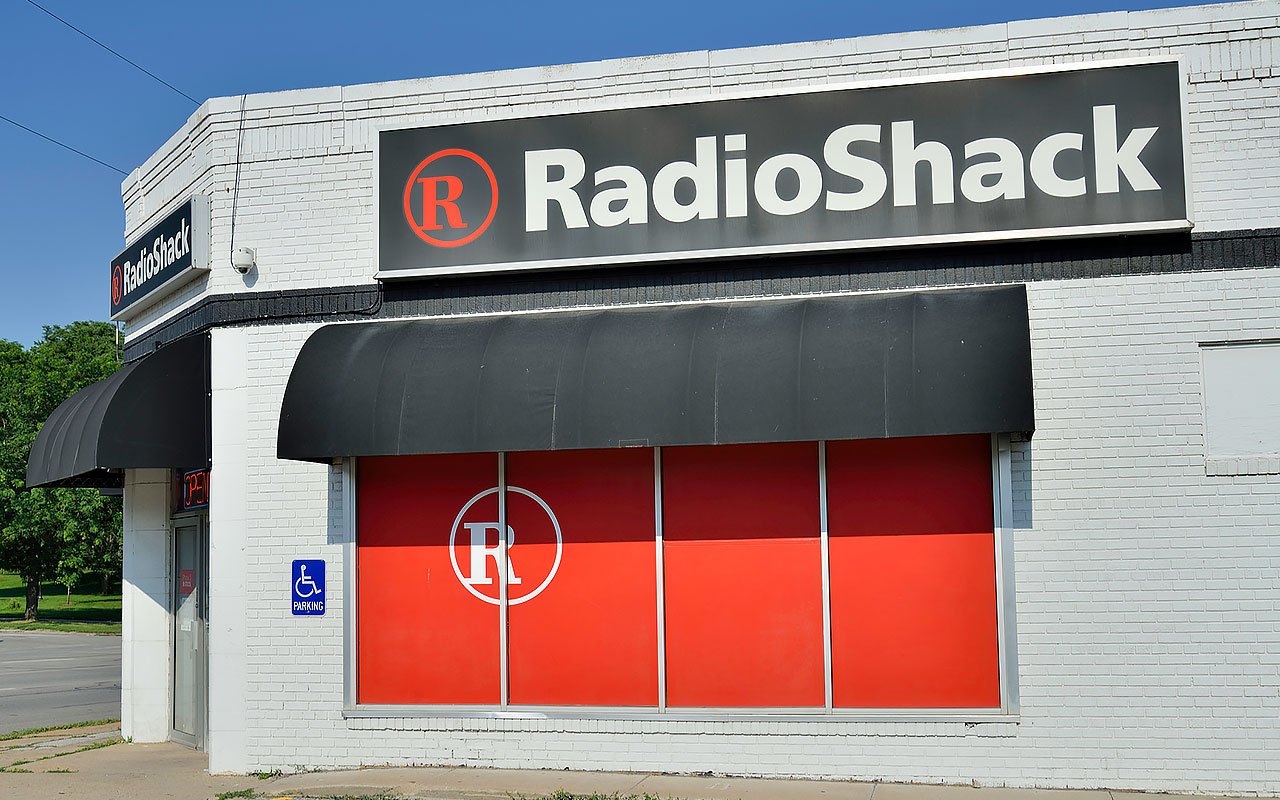
RadioShack
Yes, some RadioShack stores still are in operation, but only a tiny fraction of the number that used to proliferate the shopping landscape.
As of the most recent tally taken from mid-2017, about 500 dealer-owned units were up and running, plus another 70 or so company-owned locales. More may have closed in the meantime, but even if not, that’s still well down from RadioShack’s peak of roughly 7,300 in its heyday.
RadioShack certainly fell victim to Amazon (AMZN), though its demise goes well beyond the existence of an e-commerce alternative. Even more so than Barnes & Noble or GNC stores, RadioShack was made obsolete cultural and technological changes. Electronics rarely fail anymore, and when they do, they’re cheap enough to be discarded rather than repaired. Beyond that, the specialness of Radio Shack’s selection faded, with many of the same goods being just as available at a nearby Walmart (WMT).
That’s a paradigm shift that analysts believe could easily clip the remaining stores.
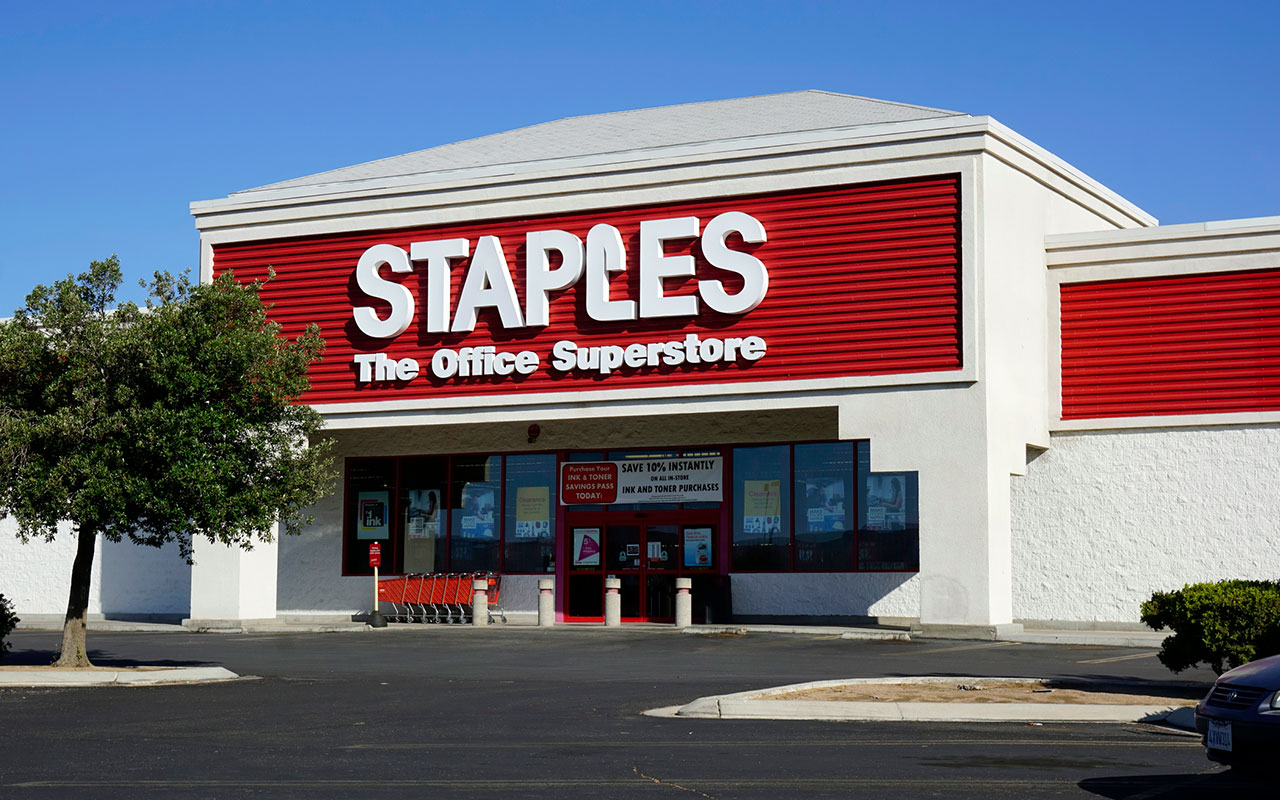
Staples/Office Depot
Amazon didn’t just prove disruptive to office supply houses like Office Depot (ODP, $2.28), Staples and OfficeMax – the last of which is now part of Office Depot. Amazon took dead aim at the already-struggling industry, unveiling a B2B website in 2012 that specifically targets office-centric organizations. That’s when things got really hairy for the brick-and-mortar players.
But the office supply space was particularly vulnerable to begin with.
“The problem that office supply stores will face is that one does not need to see an item in person to buy it,” says Jesse Harrison, CEO of Employee Justice Legal Team, a law firm specializing in labor and employment issues. “If you need a stapler, you know what you need, and you can buy it online. Everyone knows what paper looks like; you don’t need to go to the store to check it out. You don’t need to try it on.
“Office supply stores like Staples and Office Depot are likely to close in the next few years.”
It’s not a tough idea to digest. There are 1,400 OfficeMax, Office Depot and sister stores in operation right now. But that figure was closer to 2,600 when the two companies merged in 2013.
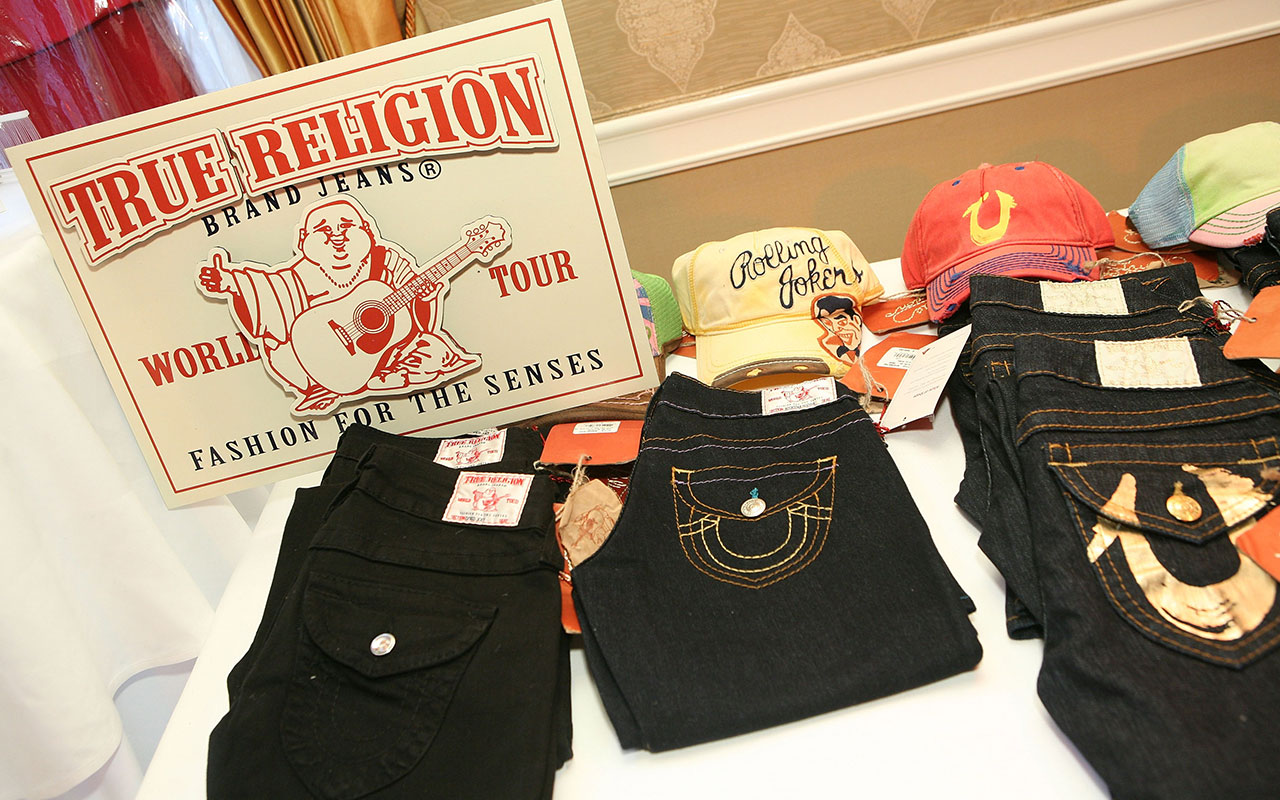
True Religion Apparel
Privately held True Religion Apparel also belongs on a list of youth-oriented retailers that may be beyond salvaging – joining the ranks of defunct The Limited, as well as Aeropostale and Pacific Sunwear, which both have filed for bankruptcy.
It has less to do with True Religion’s fashions, and more to do with a changing mindset for that demographic: a group of consumers that can be stunningly fickle, swayed by peers and prone to following the crowd.
Like Rue21, Bon-Ton, Aeropostale, PacSun and many more, True Religion already has filed its Chapter 11 bankruptcy paperwork. In fact, it came out of bankruptcy in October 2017, having pared its total debt to roughly one-fourth of its pre-bankruptcy levels. It also extended the maturity date on its remaining debt to 2022.
Like so many other retailers that have been forced to file bankruptcy, though, there’s no assurance True Religion will fare better with a lighter debt load. The era of jeans that can cost upwards of $179 may be coming to a close, if it hasn’t already.
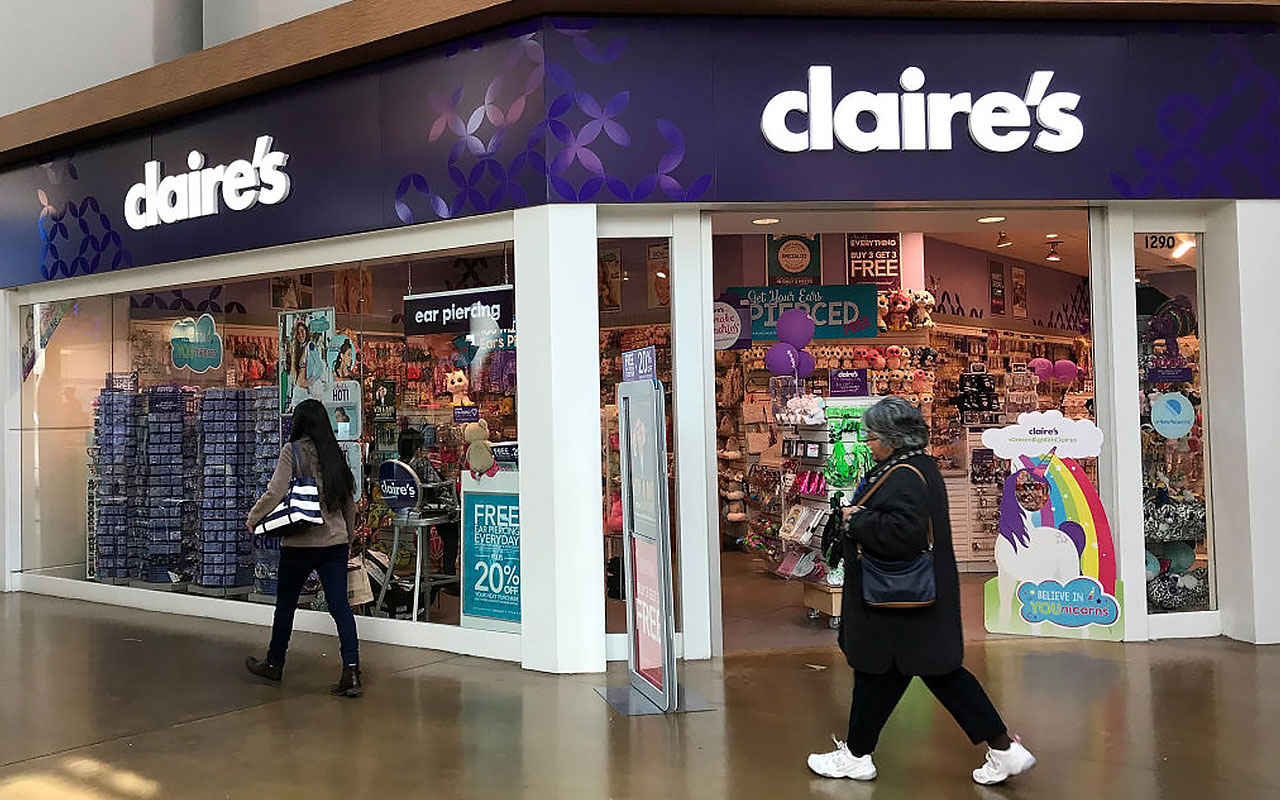
Claire’s
Last but not least, Conway MacKenzie’s Matthew Mason also thinks we could also be seeing the last days of Claire’s as we know it.
Claire’s is a store chain targeting teen and tween girls, offering jewelry, cosmetics and accessories to a group of shoppers that are increasingly not hanging out at the mall. Its struggle was no secret, but as Mason says, recent testing indicated asbestos was in some of its makeup, “potentially leading to significant exposure.”
Not long after revelations that the asbestos was found in some of Claire’s products, the boutique chain had indeed filed Chapter 11 paperwork.
That was hardly Claire’s only problem – the company was loaded with debt. Bankruptcy reorganization is expected to shave $1.9 billion worth of debt from the books, which is most of the $2.1 billion worth of liabilities weighing it down. Most of its 7,500 stores will remain open, though 92 have been slated for shuttering.
However, if the proverbial freakout from asbestos-laden cosmetics goes viral – and teenaged girls are certainly capable of making this happen – gets traction, the bankruptcy process may do little to keep Claire’s propped up.
Profit and prosper with the best of Kiplinger's advice on investing, taxes, retirement, personal finance and much more. Delivered daily. Enter your email in the box and click Sign Me Up.

-
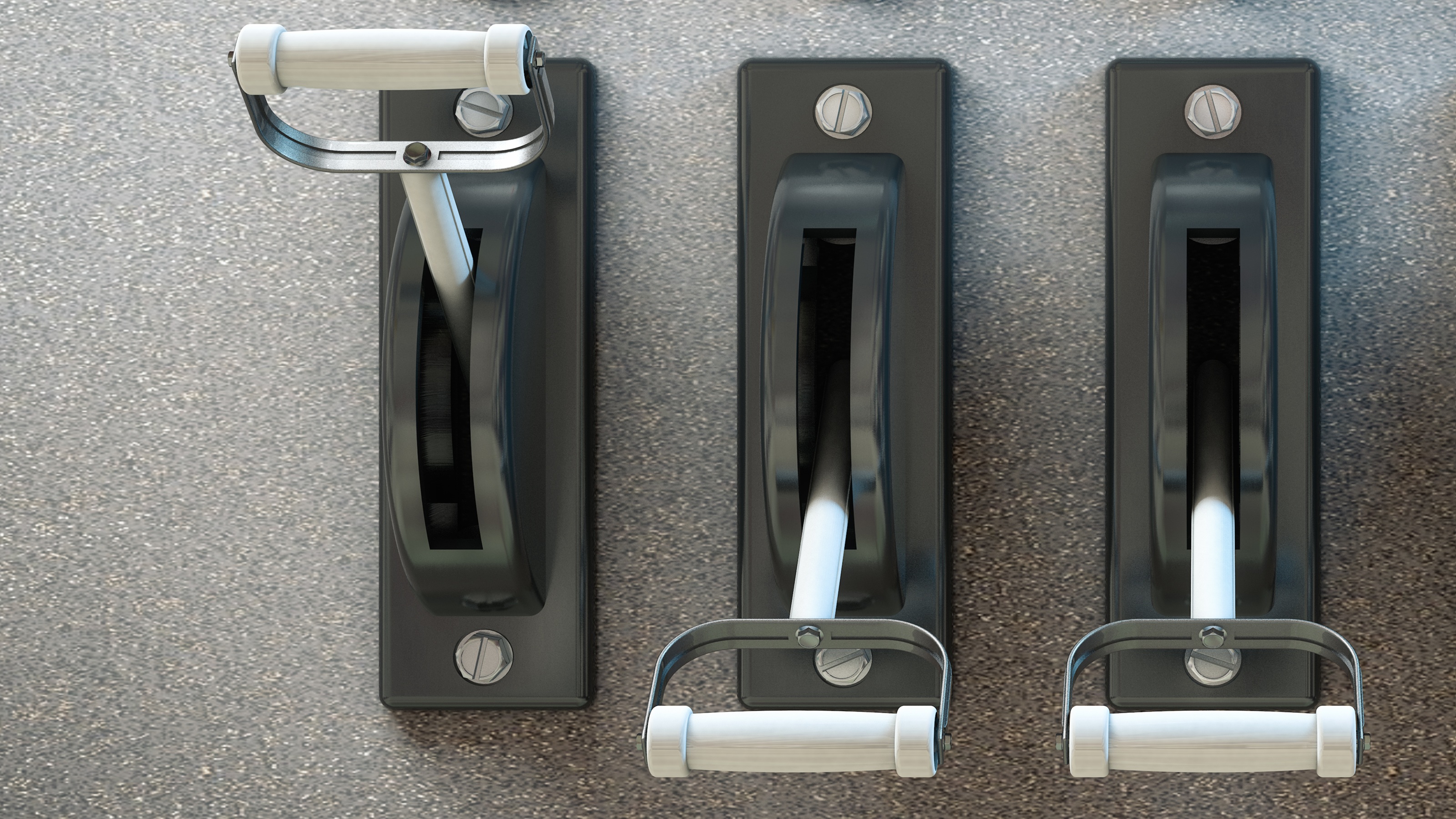 To Keep Your Retirement on Track, Control These Three Levers
To Keep Your Retirement on Track, Control These Three LeversThink of investing in terms of time, savings and risk. By carefully monitoring all three, you'll keep your retirement plans heading in the right direction.
-
 Stocks Hit Fresh Highs Ahead of the Fed As Earnings Pump Optimism: Stock Market Today
Stocks Hit Fresh Highs Ahead of the Fed As Earnings Pump Optimism: Stock Market TodaySHW and UNH were two of the best Dow Jones stocks Tuesday, thanks to solid earnings reports, and MSFT closed with a $4 trillion market cap.
-
 The 24 Cheapest Places To Retire in the US
The 24 Cheapest Places To Retire in the USWhen you're trying to balance a fixed income with an enjoyable retirement, cost of living is a crucial factor to consider. Is your state the best?
-
 5 Stocks to Sell or Avoid Now
5 Stocks to Sell or Avoid Nowstocks to sell In a difficult market like this, weak positions can get even weaker. Wall Street analysts believe these five stocks should be near the front of your sell list.
-
 Best Stocks for Rising Interest Rates
Best Stocks for Rising Interest Ratesstocks The Federal Reserve has been aggressive in its rate hiking, and there's a chance it's not done yet. Here are eight of the best stocks for rising interest rates.
-
 The Five Safest Vanguard Funds to Own in a Volatile Market
The Five Safest Vanguard Funds to Own in a Volatile Marketrecession The safest Vanguard funds can help prepare investors for market tumult but without high fees.
-
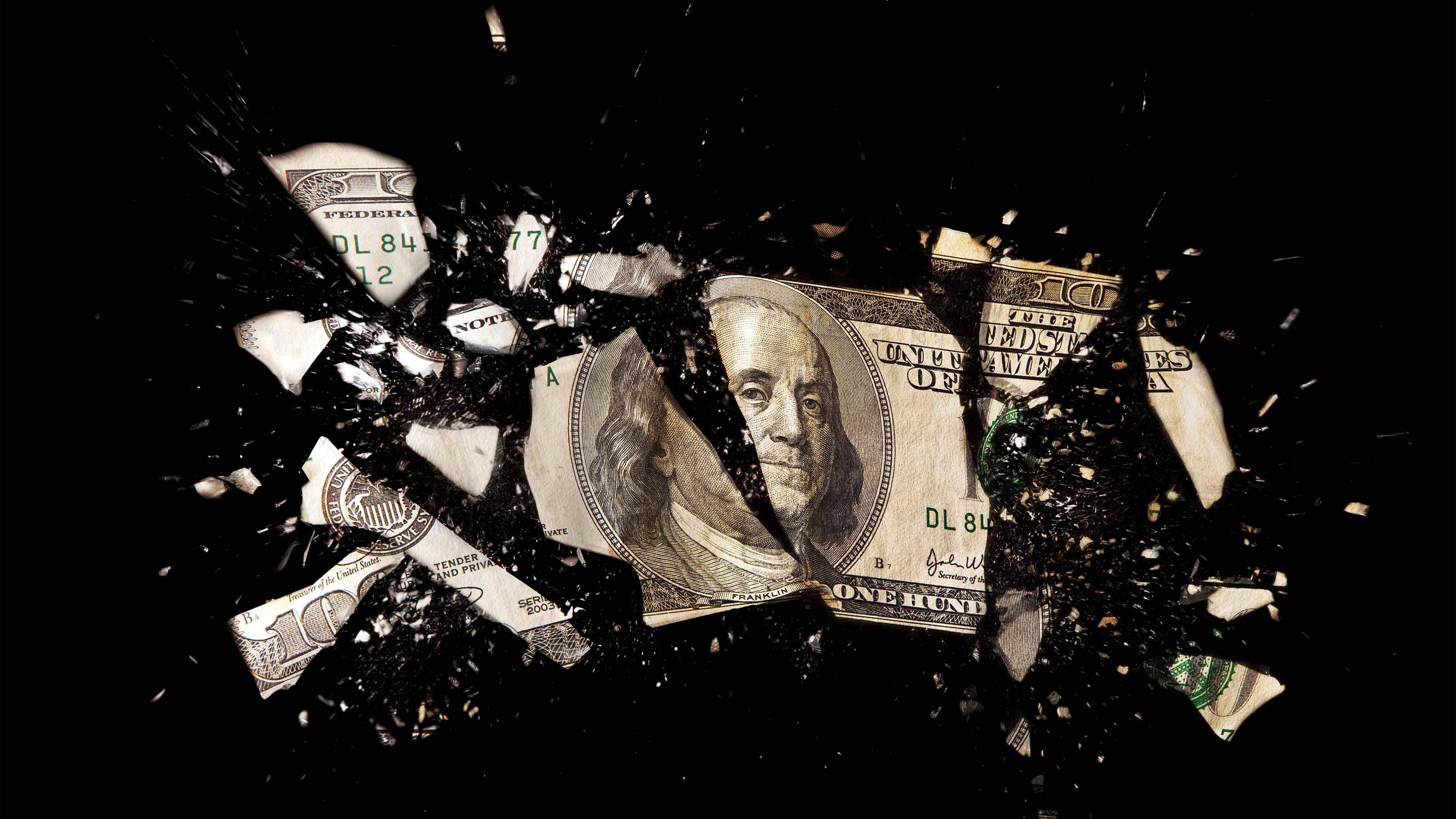 The 5 Best Inflation-Proof Stocks
The 5 Best Inflation-Proof Stocksstocks Higher prices have been a major headache for investors, but these best inflation-proof stocks could help ease the impact.
-
 5 of the Best Preferred Stock ETFs for High and Stable Dividends
5 of the Best Preferred Stock ETFs for High and Stable DividendsETFs The best preferred stock ETFs allow you to reduce your risk by investing in baskets of preferred stocks.
-
 What Happens When the Retirement Honeymoon Phase Is Over?
What Happens When the Retirement Honeymoon Phase Is Over?In the early days, all is fun and exciting, but after a while, it may seem to some like they’ve lost as much as they’ve gained. What then?
-
 5 Top-Rated Housing Stocks With Long-Term Growth Potential
5 Top-Rated Housing Stocks With Long-Term Growth Potentialstocks Housing stocks have struggled as a red-hot market cools, but these Buy-rated picks could be worth a closer look.
